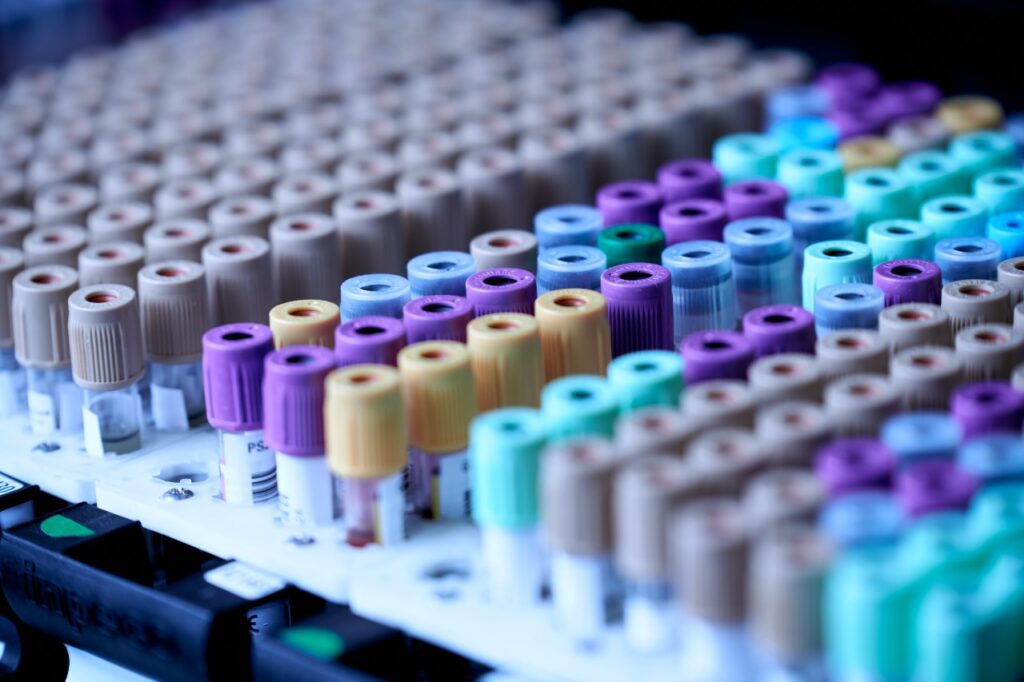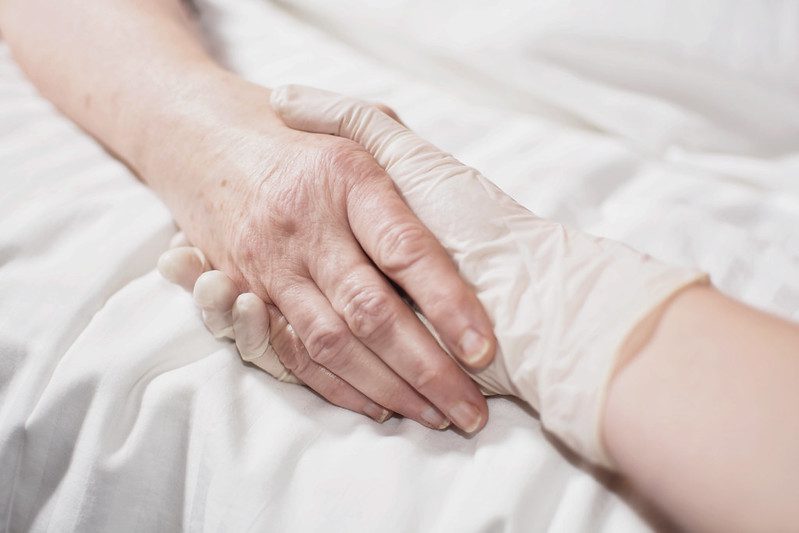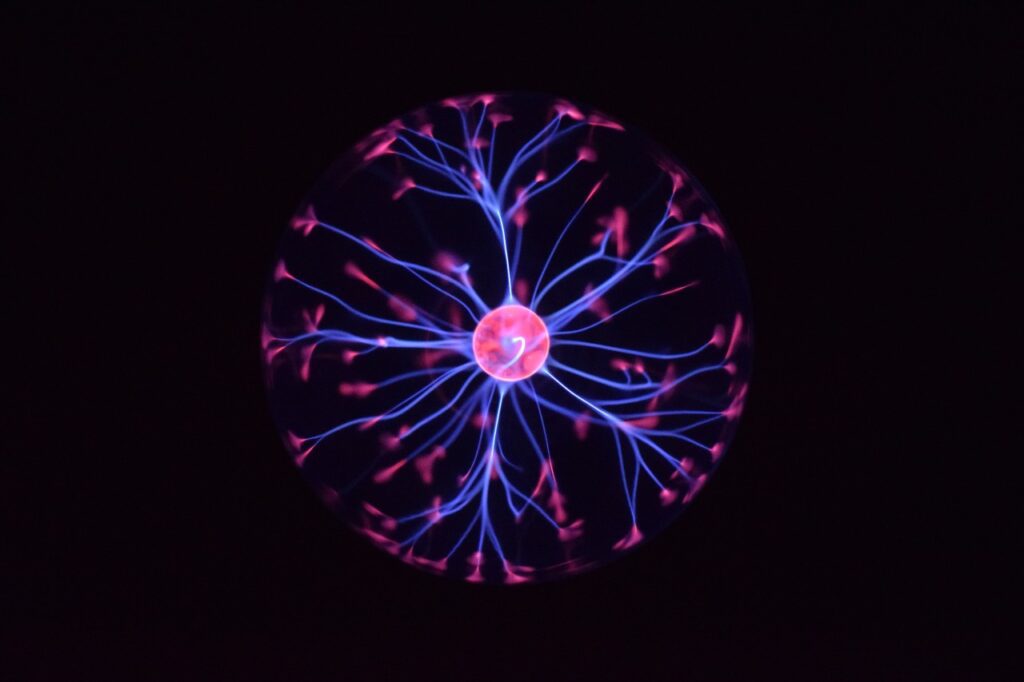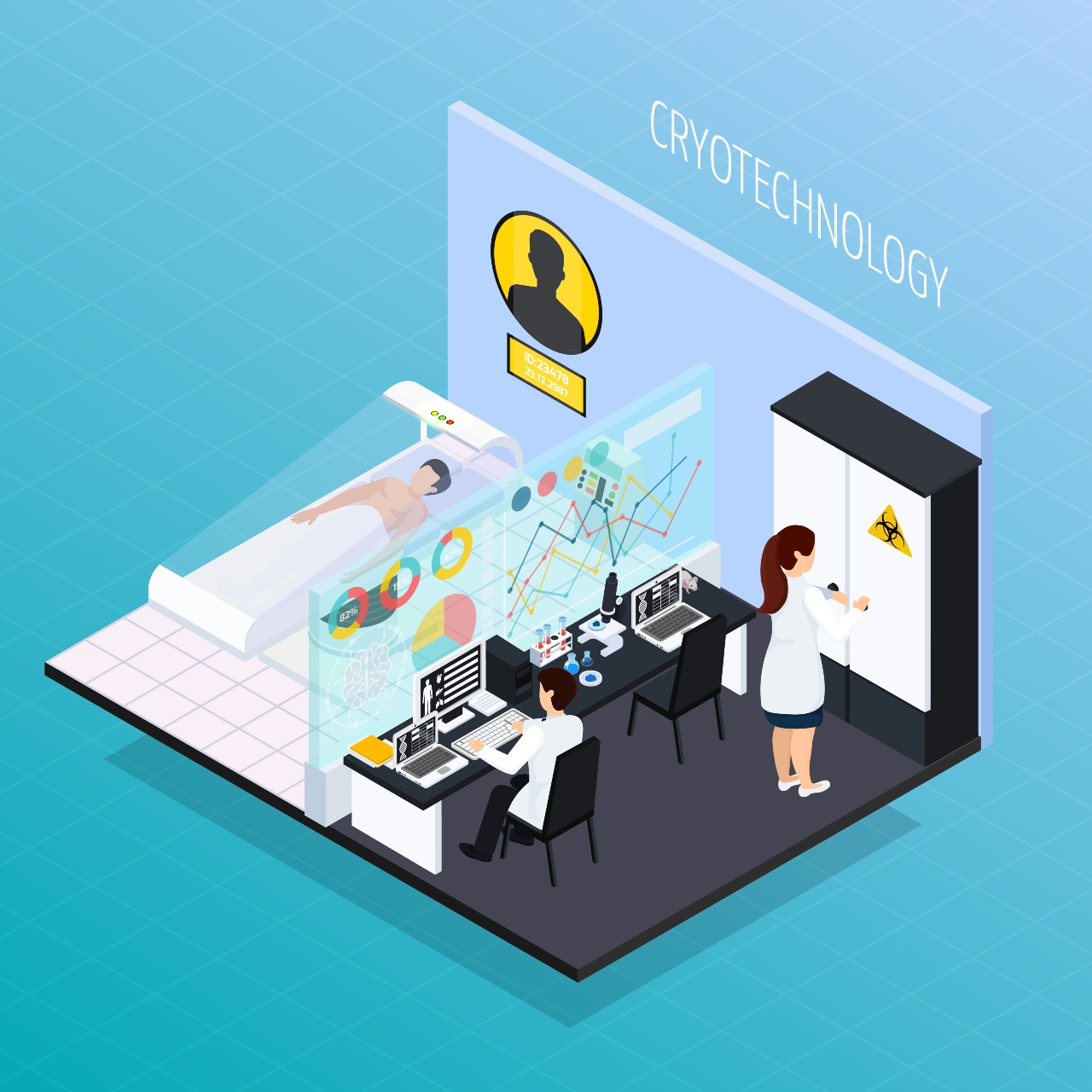The value ascribed to life in bioethics is backed by the aim of medicine. The goal of medical science and technology is to enhance the value of life by positively influencing the quality of life. This can range from enhancing bone density through calcium supplements, all the way to modifying an individual’s biological capacity. Bioethics concerns itself with the application and ethical effects of life-sciences on human beings. Its focus lies on the moral problems presented by medical sciences. Scientific progress is being made to enhance human life in various ways. This article presents a bioethical analysis of such developments.
Stem Cells
Due to their regenerative abilities, the research and application of stem cells in the treatment of patients has witnessed a sharp rise. They are used to repair or fix injured tissues by replacing diseased or dysfunctional cells with fresh ones.
Stem cells are primitive in nature, with the ability to divide and generate similar cells to perform specialised functions. This regenerative capacity of stem cells is what makes them valuable to the scientific community. They can be used to repair or replace injured tissues or dysfunctional cells, curing specific diseases and conditions including leukaemia, rheumatoid arthritis, multiple sclerosis, and so on. There are two main sources of stem cells: embryonic stem cells, which are versatile and regenerative; and adult stem cells, which are used for specific tissue replacement.

There are many ethical concerns surrounding the use of embryonic stem cells. These stem cells can be obtained only from embryos, without being implanted into a uterus. They are then cultured in test tubes or petri dishes with the help of special solutions. Since these embryos would otherwise have the potential to develop into a human being, those who oppose hESC consider the destruction of embryos to be unethical. They ascribe a moral status to the embryo, almost considering it to possess life. Bioethicists believe that isolating the embryonic stem cells leads to their death, which if implanted and allowed to grow would have formed into a human being.
On the other hand, the proponents of stem cell research contend that the possible benefits from stem cell research and therapy are more valuable than the moral status ascribed to the embryo. They view it from the angle of inching closer towards minimising and curing human suffering. A reasonable balance can be struck through making clear ethical disclosure to oocyte donors, taking their informed consent regarding the process, i.e. after appreciating the information disclosed to them. For instance, the California Institute for Regenerative Medicine’s Medical and Ethical Standards ensures that donors are asked questions to confirm their understanding about the research. Due to an increase in the utility of stem cell therapy in curing conditions like Parkinson’s Disease, the perception is gradually shifting. The focus on improving the lives of patients is taking precedent over traditional ethical views.
Life extension
The research to beat ageing and increase the healthspan of an individual is picking up slowly with key investors turning towards the longevity industry. The focus is on improving and enhancing one’s quality of life, along with its length. Scientific progress in treating cancer or through senolytics are offering rays of hope towards a long and healthy life.
Bioethicists are divided on this subject as well with concerns being raised around how such technology will benefit only the rich, while the poor will succumb to ageing. Proponents of anti-ageing meet this criticism by simply taking a stand that survival is merely a basic human requirement, not a luxury. Anti-ageing research and medicine achieves just that, and with time and federal regulations it can be made accessible to the larger population. Another major concern amongst ethicists is that of overpopulation. They believe that the old must give way to the younger generation for a better allocation of resources. Supporters of anti-aging term this “ageism”, and fear that this might lead to intergenerational hostility. They believe that overpopulation can be met with efficient resource allocation, policies, and scientific advancements.

Another contention against life extension is that the older we get, the value of life diminishes. Ethicists like Stephen Post consider death to be a blessing for the very reason that life gets boring. This argument is however flawed as even teenagers suffer from depression, some even leading to suicide. The reality is that the value of life suffers when there is no joy. Conversely, people actively undergo medical treatments to recover from illnesses – which, in other words, is nothing but life extension. Longevity research envisions an advanced version of this.
There are ethical considerations which also support radical life extension. These are grounded on the maintenance of heath, preventing diseases, thereby enhancing the quality of life. They believe that anti-aging medicine will not only add to one’s lifespan, but will also reduce suffering. Finally, ethicists in support of life extension maintain that wisdom comes from experiences throughout one’s life, which can be more enriching with longevity. Anti-aging research is therefore very promising and may lead to fuller and meaningful lives, as against those steeped in suffering and boredom.
Cryonics
Cryonics is the process of interrupting the process of death by suspending all bodily activity upon deanimation of an individual. The objective is to preserve the person until medicine and technology reach a stage when terminal illness can be reversed, leading to the revival of the individual.

Bioethics broadly upholds the value ascribed to human life, albeit to different degrees based on different schools of thought. The premise of cryonics is to preserve and extend life, and therefore should not invite any negative view from bioethicists on this front. The idea that cryopreserved individuals are alive is similar to the moral status given to frozen embryos which are then used in IVF, ultimately giving way to new life. Cryonics can therefore be considered a medium to assert one’s right to live, exercising their right to self-determination. Advancements in and around the procedure of cryopreservation has the answers to other ethical questions regarding its speculative nature, expenses, and property rights of the cryopreserved individual.
- Cryonicists proceed on the premise that although no human has been revived from cryopreservation, there has yet been no evidence to rule out this possibility. In fact the successful vitrification of a rabbit kidney, and connectome preservation in mammalian brains after being cryopreserved and thawed out opens room for probability.
- The cost of cryopreservation is not negligible, but life insurance has evolved as the primary mode of funding one’s preservation while not facing the brunt of its financial impact.
- The rights of cryopreserved individuals in terms of their property and identity have also been considered by cryonicists. Asset preservation trusts act as the safety vault to store one’s worldly possessions which will revert back to them when they are revived. The personhood and identity of a cryopreserved individual might remain intact as the biological structure is preserved as a whole. The progress being made towards connectome preservation also points towards the retention of a cryonically-suspended person’s memory. The legal aspects of identity preservation, although unclear, are already being considered by cryonicists.
Having become a streamlined process, complete with the requisite consent documents and arrangements to enable smooth and optimum preservation, cryonics toes the principles expounded by bioethics qua human life. It furthers the protection of life as against its taking, in line with the fifth commandment, “thou shalt not kill”.
Cryothanasia
The first steps leading to one’s cryopreservation are time sensitive. The narrow window between deanimation and administering preliminary procedures is to prevent any ischemic injuries to the body, which may result from the suspension of circulatory and respiratory functions. In order to minimise suffering, and in turn enhance the quality of cryopreservation, the cryonics community often floats the idea of opting to end their life when suffering from a terminal illness, rather than awaiting their inevitable death. This has popularly come to be called “cryothanasia”.

The ethical questions surrounding euthanasia are numerous, with the general understanding that even one’s own life is not at their disposal. Cryothanasia, however, presents a silver-lining against this argument. Instead of being an end in itself, cryothanasia acts as a means to an end, i.e. cryopreservation and consequent revival. Respecting individual autonomy, passive euthanasia is gradually being recognised. The primary argument that it is unethical for one to take their own life can be defeated by looking at the purpose sought to be served in the context of cryonics, which is to relieve the individual from pain, and extend their life – both of which promote and value life.
If an individual is allowed to opt for medical aid in death, which is in furtherance of an intention to achieve optimum cryopreservation, allowing the same would offer them a chance at a future life. When viewed through this lens, cryothanasia presents a compelling ethical argument in its favour.
Mind uploading
Causing yet another ethical ripple is the idea of immortalising a person’s identity through mind uploading. The concept revolves around “backing up” a person’s consciousness, and “uploading” it in digital format to a machine or a humanoid. Proponents of mind uploading seek to divide the process into two: obtaining information from the brain; and emulation through artificial reconstruction. The complexity of the human brain and the sheer multiplicity of synaptic connections has not yet allowed for this theory to be put to test. But with companies such as Elon Musk’s Neuralink seeing the light of day, the ethical considerations of this technology become relevant.

A primary ethical question is with regards to the consciousness aspect of mind uploading: whether the resultant machine or Artificial Intelligence (AI) will contain the requisite emotional properties to make it a “person”. Arguments against AI have been stacked on the machine not being able to have or express emotions. AI now has the capability to learn from its functioning and perform advanced reasoning activities, ultimately exhibiting creativity and emotions. Another ethical question following mind uploading is the preservation of the identity of the individual. In a bid towards immortality, the retention of one’s personality appears to be a primary concern. Exploring this from the soul or the body criteria will yield answers in the negative as the consciousness emulated into a machine will not technically replicate the original body of the person, nor will it have a “soul”. Ethicists employing a functionalist view may be open to accepting that mind uploading paves the way for immortality, placing utility in the thought pattern generated by the machine. Thus continuity of the organic brain is not necessary to ensure the preservation of personal identity.
A series of studies in 2018 on the ethics of mind upload technology resulted in a finding that age and familiarity with mind uploading themes act as important deciding factors in condemning or approving the technology. It was found that older people condemn mind upload as opposed to younger people. This pattern may be the result of the younger generation having a greater exposure to similar ideas and technologies.
Two sides to every tale
As with everything else in the world, it is unrealistic to expect total unanimity from bioethicists on life preserving and extending technology. Even though a majority of ethical concerns are positively addressed, there will always be elements on which they will remain divided. Having said that, bioethical scrutiny holds much value as it can help make the whole process of life science and longevity research more streamlined, conducted with the help of well-informed subjects.














